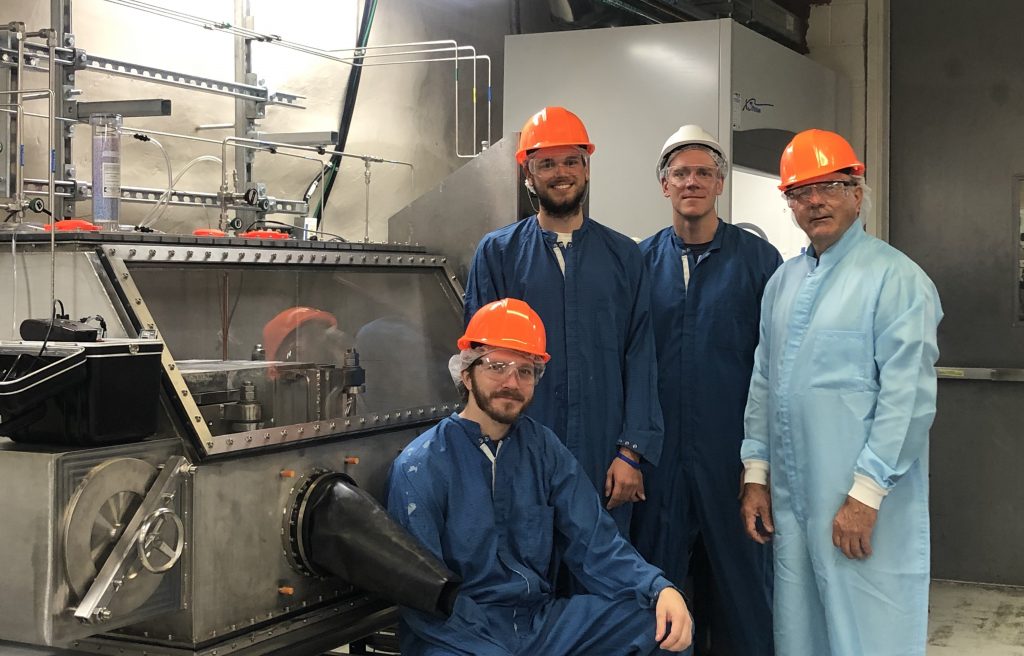REPAIR Project Brings Biology Deep Underground

Does the natural background radiation we are exposed to everyday living on planet Earth have an important role in life?
This may sound like a bizarre concept, but Dr. Jake Pirkkanen, one of the researchers working on the REPAIR Project, suspects that if you take away the natural background radiation we are exposed to on the Earth’s surface, that you might actually see negative effects on growth and repair mechanisms in the organisms used in the study.
All life on Earth has evolved in the presence of ionizing radiation. Some of this comes from space, called galactic cosmic radiation, but much of the radiation we are exposed to comes from here on Earth, for example radon gas emitted from terrestrial rock. All together, this combination of radiation is referred to as natural background radiation.
Pirkkanen is collaborating with other scientists on this radiobiological experiment to find out just how important this natural background radiation really is for life on Earth.
Located over 2 km underground, SNOLAB is the ideal location for an experiment of this kind. The rock overhead shields highly sensitive experiments from cosmic radiation, but it also opens opportunities for biological experiments on ultra-low dose radiation environments. SNOLAB has 50 million times less radiation than the surface of the Earth and is unlike any other laboratory in the world.
This research is important as it aims to investigate, for the first time, what the biological effects are of taking away all the natural background radiation.The hypothesis is that since life has evolved in the presence of it, that cellular repair mechanisms develop in response to natural background radiation, and without it, we wouldn’t be as good at repairing damage to our DNA.
To answer this question, Pirkkanen and colleagues first utilized a lake whitefish embryonic model to study the effects of ultra-low dose radiation on development and growth. The REPAIR Project is now using in vitro cell culture models to examine the impacts on cellular DNA repair mechanisms. This cellular work is being done in a specially engineered glovebox, which reduces the cosmic and terrestrial sources of natural background radiation below normal levels found at the surface.
Pirkkanen recently earned his PhD in Biomolecular Sciences from Laurentian University under the supervision of Dr. Douglas Boreham. He recently received a 3-year MITACS Accelerate Industrial Post-Doctoral Fellowship to continue his work on the REPAIR Project. His post-doctoral research began in September, underground in SNOLAB’s recently established Life Sciences and Chemistry Lab, under the guidance of Dr. Chris Thome, an assistant professor at the Northern Ontario School of Medicine.
The REPAIR Project is made possible with financial support from Bruce Power, an Ontario based nuclear power plant which provides 30% of the province’s electricity, as well as the Natural Sciences and Engineering Research Council (NSERC) Collaborative Research and Development grant. The Mitacs Accelerate Industrial Post-Doctoral Fellowship is also financially supported by Bruce Power.